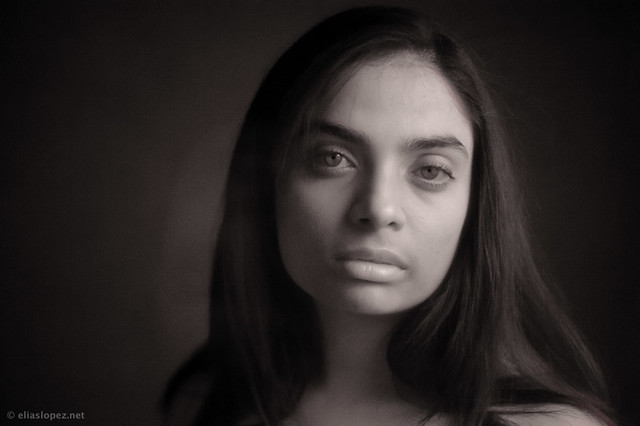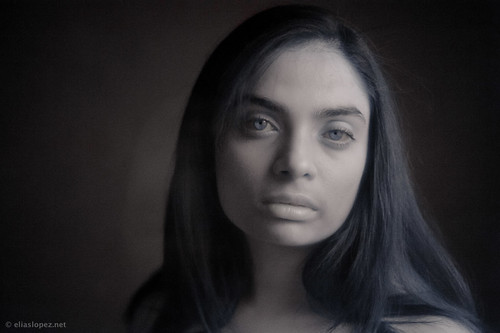I felt like trying something different, and as I like to aim for ideas that aren’t unique and aren’t repeated often I started to look at what the Infrared spectrum offered. This is normally something we can’t see with the naked eye and that interested me a great deal. I won’t talk too much about techniques in this blog because its covered elsewhere.
I tried using efke 820c Infrared film which turned out in epic failure. I was afraid I would mess up developing it, as its only the second roll I’ve developed on my own. It turns out, the film just isn’t sensitive enough, or I used too strong an infrared pass filter (R72).
This disappointed me greatly, because I wanted to compare with the digital shots. I won’t lie, its technically extremely tough to do. Flash needs to be on full power, and its blinding to your poor model. Tungsten is hot, and not bright enough to use Live View for focusing, so you have to focus manually, then shift using infrared index mark on the lens focusing scale.
The whole concept of colour is somewhat abstract when it comes to Infrared. By definition, all the colours captured are redder than red. Its possible to get different looks by manipulating the colours until something interesting comes out. I was really surprised it was possible to make Siva’s eyes appear blue.
To compare with visible light, the following image was shot with almost the same lighting, a little later during the session.


